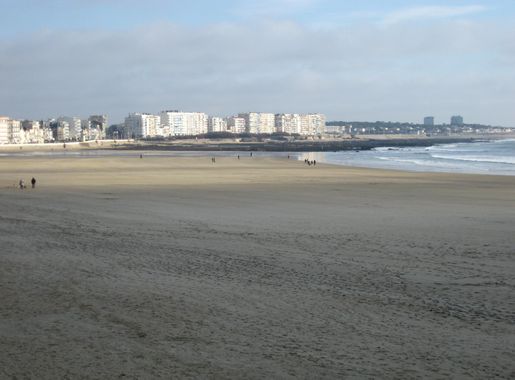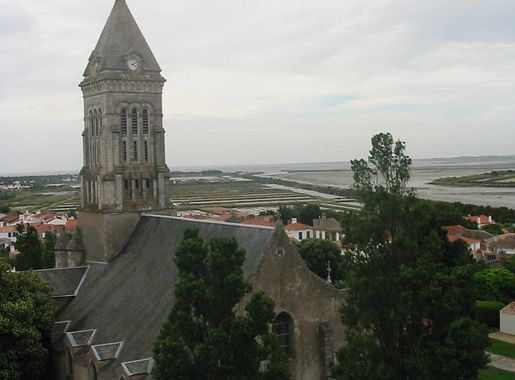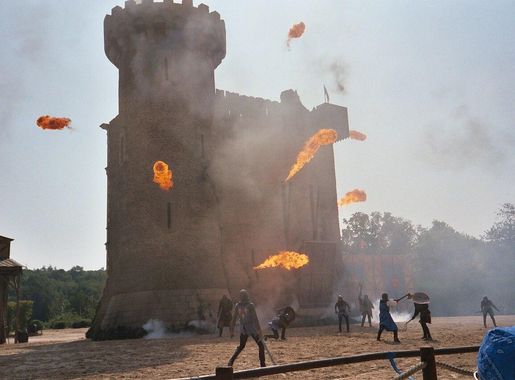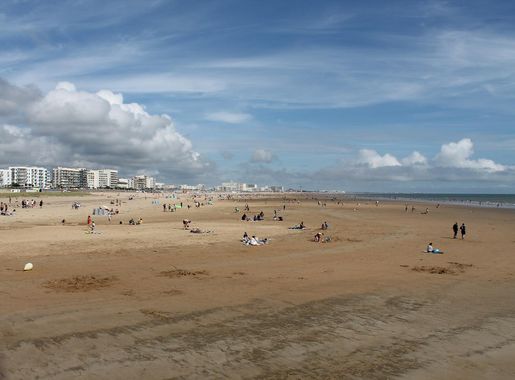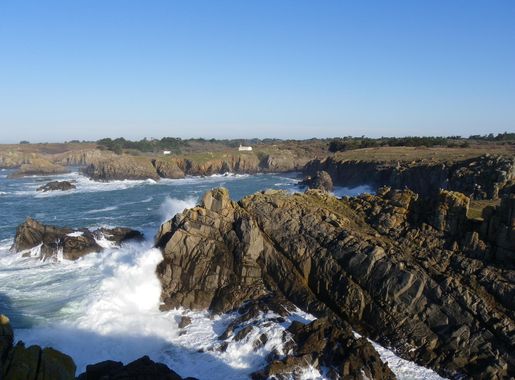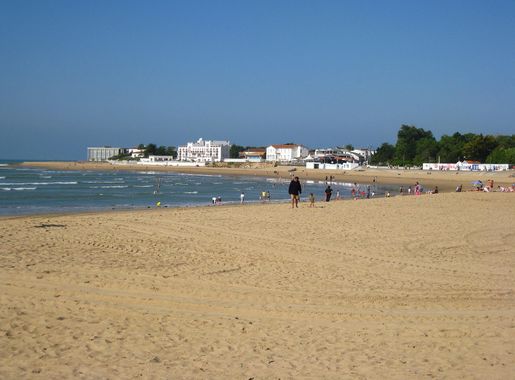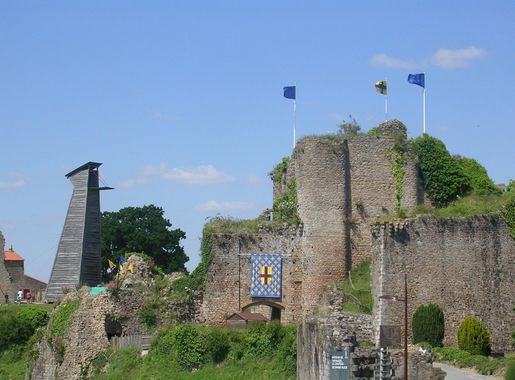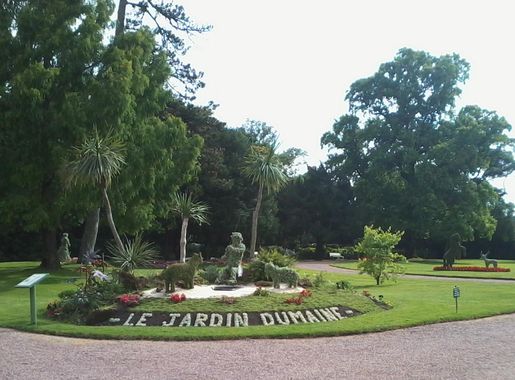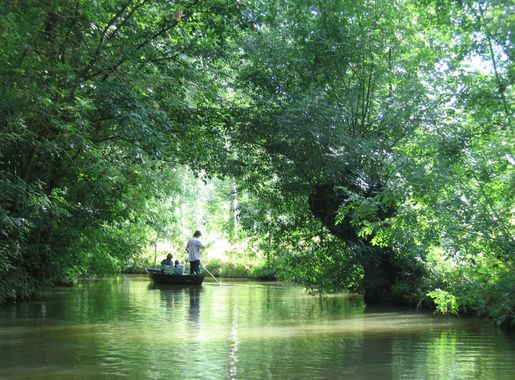
The Enchanting Vendée Coast: France's Untouched Gem
Discover the Vendée Coast: A serene blend of golden beaches, lush forests, and charming coastal villages on France's picturesque Atlantic shoreline.
The Vendée Coast, located on the western edge of France along the Atlantic Ocean, is a serene haven for those seeking a blend of natural beauty, rich history, and charming coastal towns. Stretching over 200 kilometers, the coastline is dotted with golden sandy beaches, lush pine forests, and picturesque fishing villages, making it an ideal destination for relaxation and exploration. One of the key attractions of the Vendée Coast is its pristine beaches. From the bustling shores of Les Sables-d'Olonne, known for its lively atmosphere and water sports, to the tranquil and secluded Plage de la Terrière, there's a perfect spot for every type of beachgoer. The region's mild climate means you can enjoy the sun and sea almost year-round. In addition to its natural wonders, the Vendée Coast boasts a rich cultural heritage. The medieval town of Talmont-Saint-Hilaire offers a glimpse into the past with its well-preserved castle and historical sites. Those interested in maritime history will appreciate the Musée de l'Abbaye Sainte-Croix in Les Sables-d'Olonne, which showcases the region's nautical traditions and art. For nature lovers, the Marais Poitevin, also known as the Green Venice, is a must-visit. This vast network of canals and wetlands is perfect for a peaceful boat ride or a leisurely bike ride through the scenic countryside. The nearby Île de Noirmoutier, accessible via a picturesque causeway, offers enchanting landscapes and a chance to explore salt marshes and quaint villages. Whether you're a history buff, a nature enthusiast, or simply looking for a peaceful retreat by the sea, the Vendée Coast has something to offer. Its blend of natural beauty, historical charm, and welcoming atmosphere makes it a truly unforgettable destination.
Local tips in Vendée Coast
- Visit during the shoulder seasons (spring and fall) to avoid the summer crowds and enjoy milder weather.
- Rent a bike to explore the extensive network of cycle paths along the coast and through the countryside.
- Try the local seafood, especially the oysters and mussels, which are fresh and delicious.
- Take a boat tour of the Marais Poitevin to experience the unique landscape of canals and wetlands.
- Check the tide schedules if planning to visit Île de Noirmoutier via the Passage du Gois causeway.
The Enchanting Vendée Coast: France's Untouched Gem
The Vendée Coast, located on the western edge of France along the Atlantic Ocean, is a serene haven for those seeking a blend of natural beauty, rich history, and charming coastal towns. Stretching over 200 kilometers, the coastline is dotted with golden sandy beaches, lush pine forests, and picturesque fishing villages, making it an ideal destination for relaxation and exploration. One of the key attractions of the Vendée Coast is its pristine beaches. From the bustling shores of Les Sables-d'Olonne, known for its lively atmosphere and water sports, to the tranquil and secluded Plage de la Terrière, there's a perfect spot for every type of beachgoer. The region's mild climate means you can enjoy the sun and sea almost year-round. In addition to its natural wonders, the Vendée Coast boasts a rich cultural heritage. The medieval town of Talmont-Saint-Hilaire offers a glimpse into the past with its well-preserved castle and historical sites. Those interested in maritime history will appreciate the Musée de l'Abbaye Sainte-Croix in Les Sables-d'Olonne, which showcases the region's nautical traditions and art. For nature lovers, the Marais Poitevin, also known as the Green Venice, is a must-visit. This vast network of canals and wetlands is perfect for a peaceful boat ride or a leisurely bike ride through the scenic countryside. The nearby Île de Noirmoutier, accessible via a picturesque causeway, offers enchanting landscapes and a chance to explore salt marshes and quaint villages. Whether you're a history buff, a nature enthusiast, or simply looking for a peaceful retreat by the sea, the Vendée Coast has something to offer. Its blend of natural beauty, historical charm, and welcoming atmosphere makes it a truly unforgettable destination.
When is the best time to go to Vendée Coast?
Iconic landmarks you can’t miss
Puy du Fou
Experience the magic of history at Puy du Fou, France's premier theme park with breathtaking shows and immersive attractions.
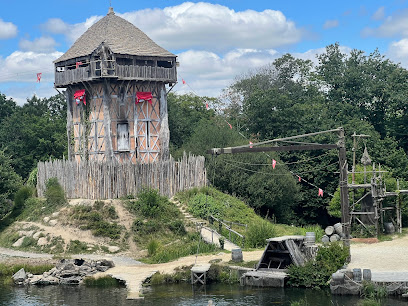
O'Gliss Park - Parc aquatique Vendée
Experience the thrill of O'Gliss Park, a top-tier water park in Vendée, perfect for families seeking adventure and relaxation amidst aquatic fun.
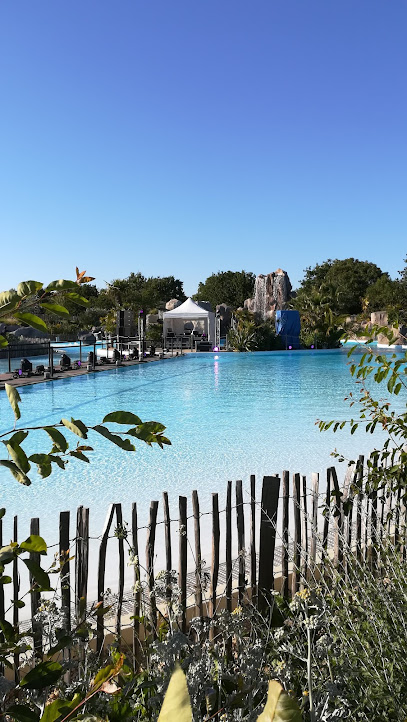
Castle Talmont
Explore the medieval splendor of Castle Talmont, where history meets stunning coastal views in Talmont-Saint-Hilaire.
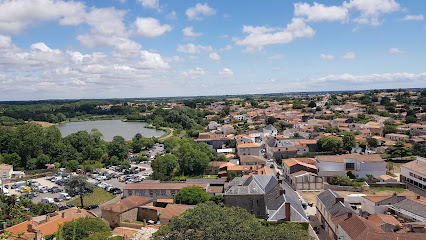
Castle Tiffauges
Explore Castle Tiffauges, a historical gem in the Vendee region, and immerse yourself in the enchanting tales of medieval France.
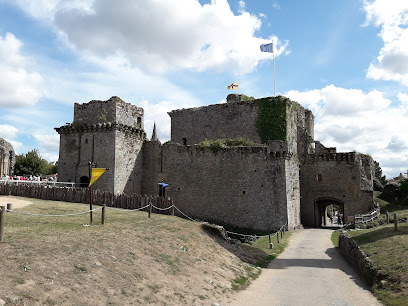
Puits d'Enfer
Explore the captivating Puits d'Enfer in Les Sables-d'Olonne, a stunning observation deck revealing the wild beauty of the French Atlantic coast.
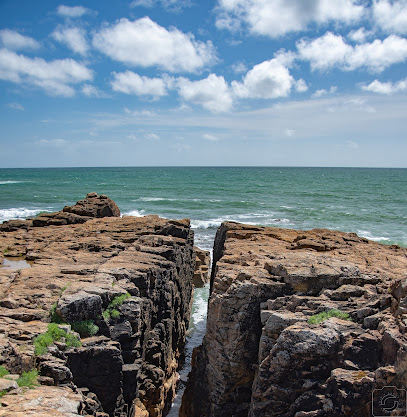
O’Fun Park
Discover the excitement of O’Fun Park, where thrilling rides and family-friendly attractions await in the heart of Le Bernard, France.
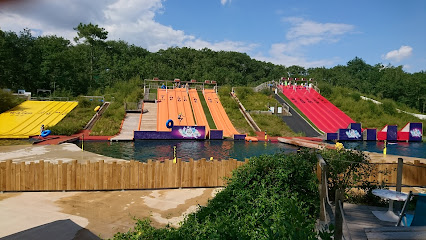
Vendée Miniature
Explore breathtaking miniature replicas of Vendée's iconic landmarks in a unique art museum and amusement park experience at Vendée Miniature.
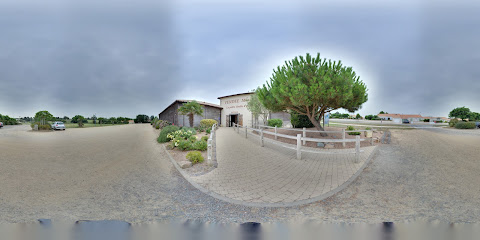
Explora Parc
Experience the ultimate thrill at Explora Parc, a premier amusement center in Saint-Jean-de-Monts, featuring archery, laser tag, escape rooms, and more.

Historial de la Vendée
Discover the captivating history of the Vendée region at the Historial de la Vendée, where the past comes to life through engaging exhibits and rich storytelling.
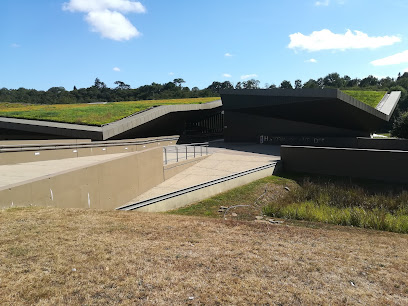
Château de Commequiers
Explore the enchanting Château de Commequiers, a historical landmark steeped in rich heritage and breathtaking architecture, perfect for every traveler.
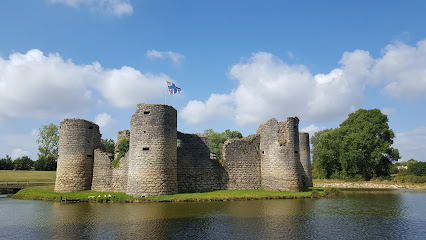
Logis La Chabotterie
Explore Logis La Chabotterie, a stunning castle in Vendée, where history and nature intertwine amidst beautiful landscapes and rich cultural heritage.
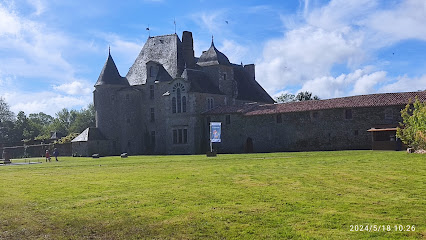
Railroad of The Vendée
Discover the enchanting Railroad of the Vendée, where scenic rides and rich history combine for an unforgettable journey through France's beautiful countryside.
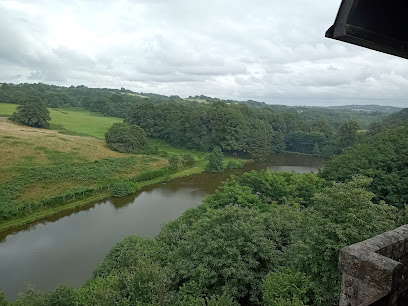
Océanile Parc Aquatique
Experience the thrill of water slides and the relaxation of pools at Océanile Parc Aquatique, a family-friendly water park in L'Épine, France.
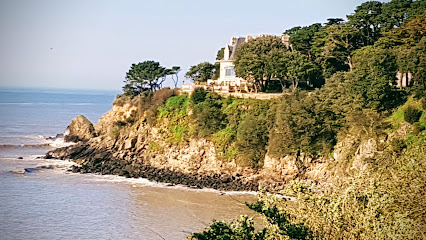
Castle of Saint Mesmin
Explore the enchanting Castle of Saint Mesmin in the heart of Loire Valley, a historical gem surrounded by picturesque gardens and rich heritage.
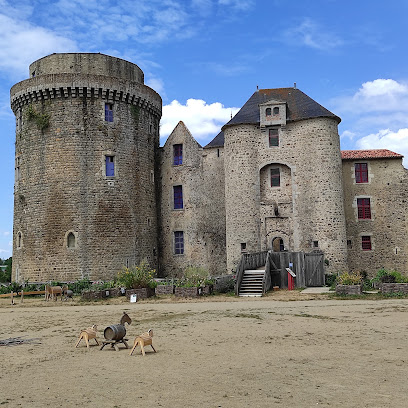
Château Des Essarts, spectacle Vendée
Experience the magic of history and amusement at Château Des Essarts, a captivating castle and amusement park in the heart of Vendée, France.
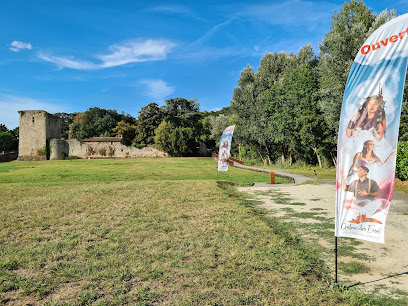
Unmissable attractions to see
Regional Natural Park of the Marais Poitevin
Explore the breathtaking landscapes of the Regional Natural Park of the Marais Poitevin, a haven for nature lovers and adventure seekers in France.
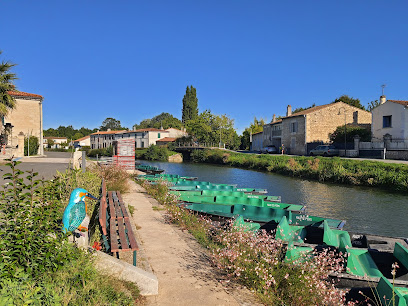
L'île Penotte
Discover L'île Penotte, a vibrant artistic landmark in Les Sables-d'Olonne, where colorful mosaics and rich history come together for an enchanting experience.
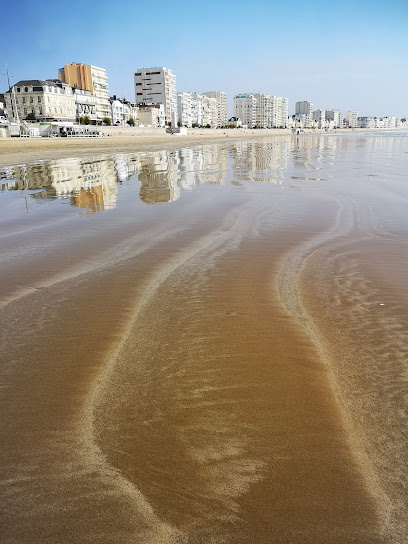
Parc accrobranche - Le Grand Défi - Saint-Julien-des-Landes - Vendée
Explore the thrills of Parc Accrobranche - Le Grand Défi, an amusement center with treetop adventures, laser tag, and family fun in the heart of Vendée.
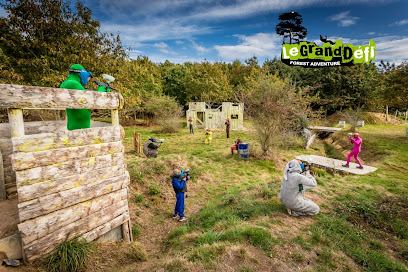
O'Gliss Park - Parc aquatique Vendée
Experience the thrill of O'Gliss Park, Vendée's premier water park, featuring exciting slides, pools, and family-friendly fun for all ages!
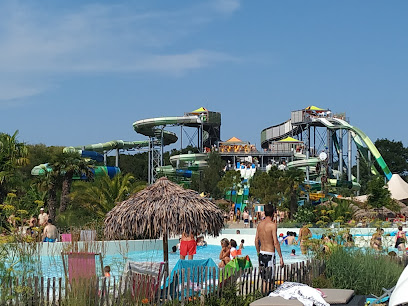
Parc zoologique des Sables d'Olonnes
Explore the diverse wildlife at Parc Zoologique des Sables d'Olonnes, a captivating zoo in the heart of Les Sables-d'Olonne that emphasizes conservation and education.

Aquarium de Vendée
Explore the depths of the ocean at Aquarium de Vendée, where marine wonders come alive in a family-friendly atmosphere.
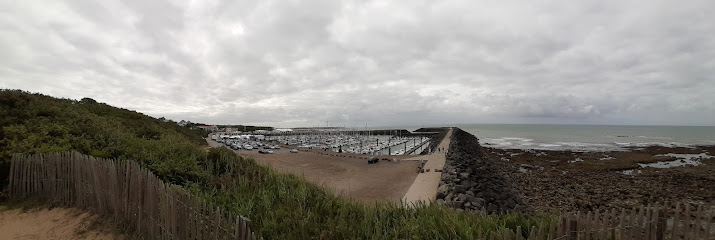
Le Château des Aventuriers - Parc d'attractions et de loisirs en Vendée (85)
Experience the enchanting world of Le Château des Aventuriers, where amusement meets history in a magical setting perfect for all ages.

Castle Talmont
Explore Castle Talmont, a stunning medieval fortress in Talmont-Saint-Hilaire, where history, architecture, and nature blend beautifully.
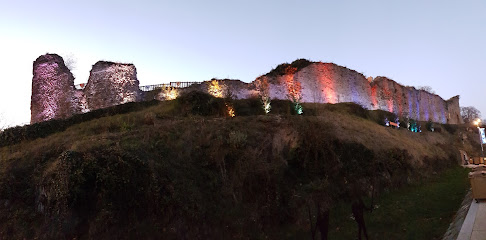
Puits d'Enfer
Explore Puits d'Enfer, a stunning coastal attraction in Les Sables-d'Olonne, featuring breathtaking views and rich local history.
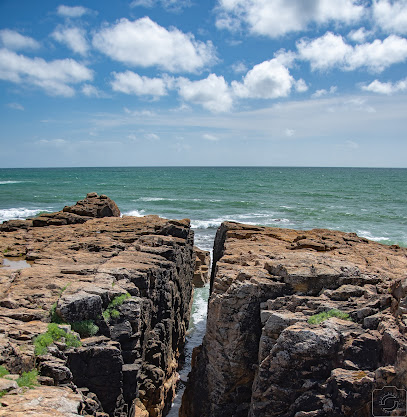
Castle Tiffauges
Discover the rich history and stunning architecture of the Castle of Tiffauges, a must-visit medieval landmark in France's picturesque Vendée region.
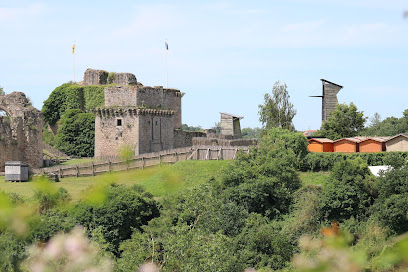
L'île aux Papillons
Immerse yourself in the vibrant world of butterflies at L'île aux Papillons, an ecological paradise in La Guérinière, France.
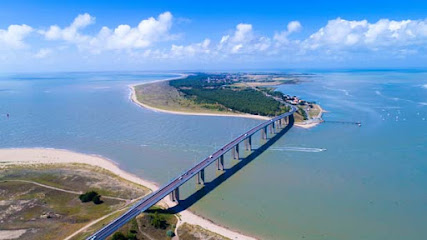
Noirmoutier Castle
Explore the historical charm of Noirmoutier Castle, a medieval fortress offering breathtaking views and rich cultural experiences on Noirmoutier-en-l'Île.
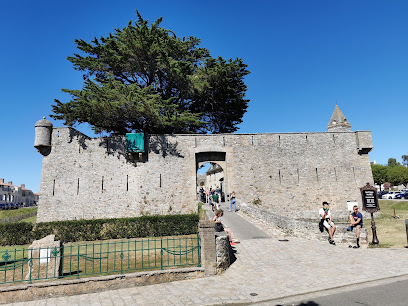
O’Fun Park
Experience the thrill of O'Fun Park in Le Bernard, where adventure meets family fun in an exciting amusement park atmosphere.
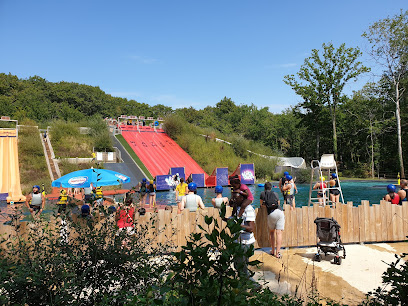
Vendée Miniature
Discover the enchanting world of Vendée Miniature, where art and amusement blend to create a memorable experience for all ages in the heart of France.
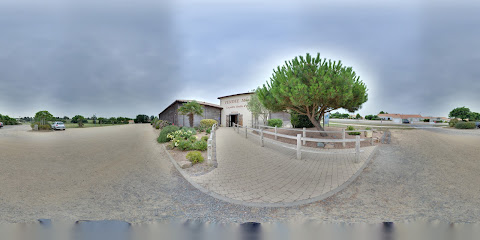
Atlantic Toboggan
Experience exhilarating water slides, family-friendly pools, and sun-soaked relaxation at Atlantic Toboggan, the ultimate water park in Saint-Hilaire-de-Riez.

Essential places to dine
La Plage le Veillon
Discover La Plage le Veillon: A seaside French restaurant offering exquisite cuisine and breathtaking ocean views in Talmont-Saint-Hilaire.
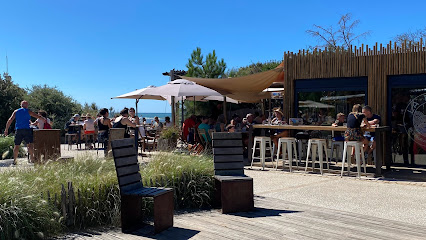
Fleurs de Thym
Experience exquisite French and Mediterranean dining at Fleurs de Thym, where culinary artistry meets stunning ocean views.
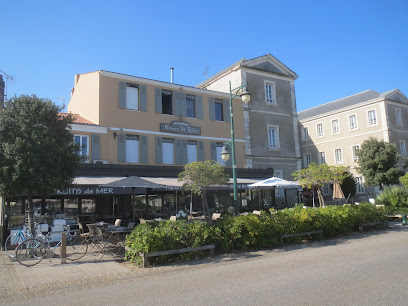
Le Relais du Gois
Experience exquisite seafood dining at Le Relais du Gois in Beauvoir-sur-Mer - where local flavors meet culinary artistry.
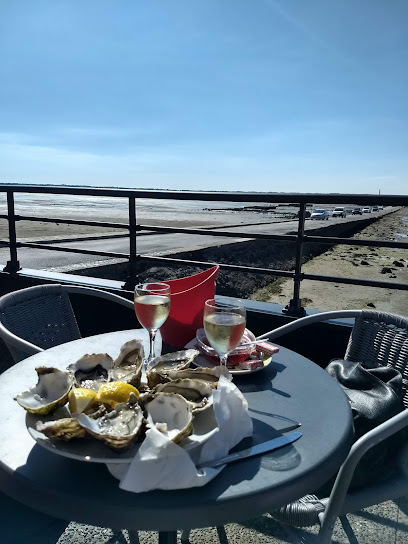
Le KOU-DE-TA
Experience exquisite French dining at Le KOU-DE-TA in Jard-sur-Mer—where seasonal ingredients meet culinary artistry in a vibrant atmosphere.
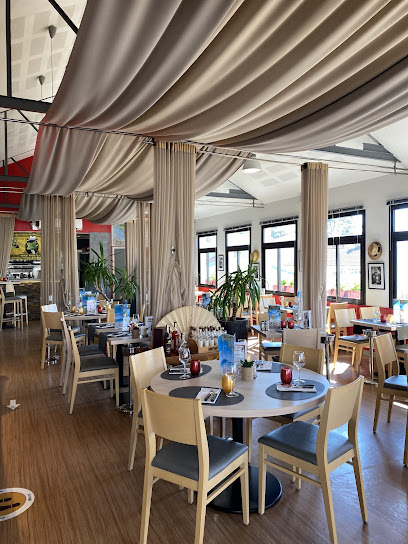
Les Régates
Experience authentic French cuisine at Les Régates in Les Sables-d'Olonne with stunning sea views and fresh local ingredients.

Le Cul de Poule
Experience authentic French cuisine at Le Cul de Poule in L'Aiguillon-la-Presqu'île – where every dish tells a story.
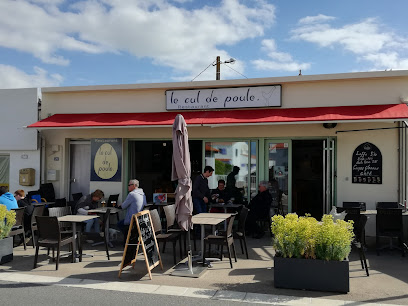
Loulou Côte Sauvage
Experience exquisite French fine dining at Loulou Côte Sauvage with stunning ocean views in Les Sables-d'Olonne.
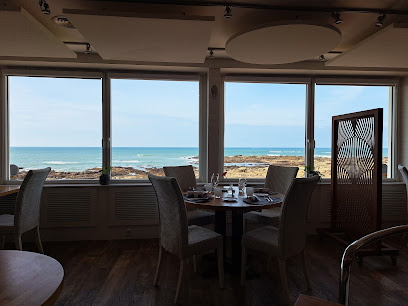
Behind The Scenes
Experience culinary artistry at Behind The Scenes - A premier French restaurant in Les Herbiers serving exquisite haute cuisine.
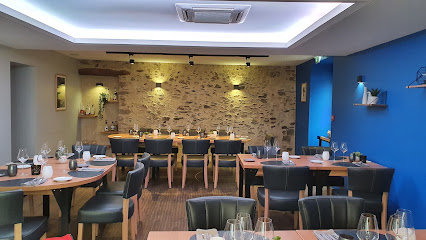
Le Cayola
Experience exquisite French cuisine at Le Cayola in Les Sables-d'Olonne – where culinary art meets stunning coastal views.
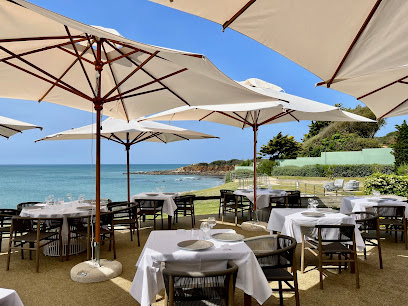
La Grand' Roche
Discover exquisite French cuisine at La Grand' Roche in Bretignolles-sur-Mer - where every meal is a celebration of flavor and elegance.
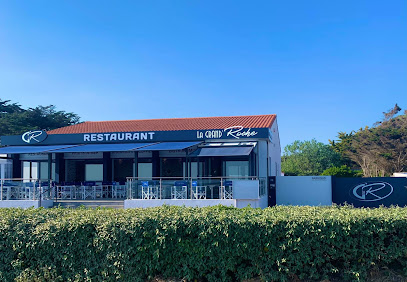
La suite s'il vous plait
Experience culinary excellence at La Suite S'il Vous Plaît in Les Sables-d'Olonne - where fresh seafood meets exquisite dining.
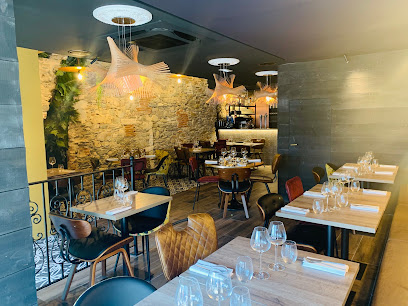
Grain De Sable
Discover delightful coastal dining at Grain De Sable in Saint-Gilles-Croix-de-Vie - where local flavors meet stunning ocean views.
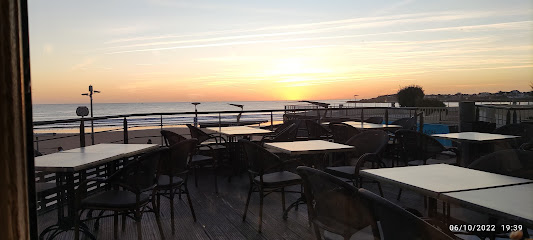
Les Loups de Mer
Experience exquisite French cuisine at Les Loups de Mer in Talmont-Saint-Hilaire—where culinary artistry meets coastal charm.
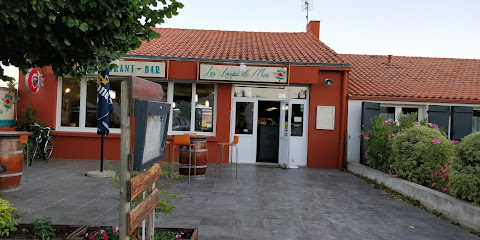
Le P'tit Marais
Discover authentic French cuisine at Le P'tit Marais in La Roche-sur-Yon, where every dish tells a story of flavor and tradition.
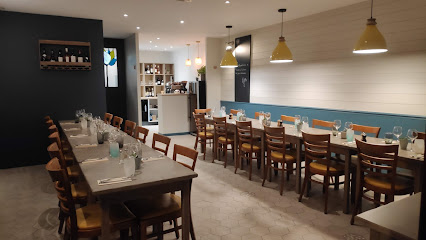
Restaurant le vintage
Experience authentic French cuisine in Talmont-Saint-Hilaire at Restaurant le Vintage - where every meal is a celebration of flavor.
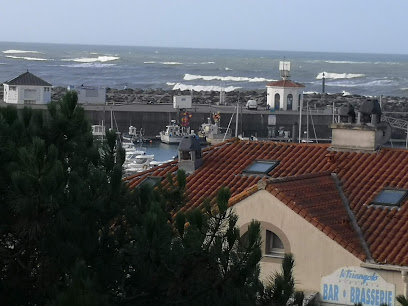
Markets, malls and hidden boutiques
Centre commercial Les Flâneries
Explore Centre Commercial Les Flâneries, La Roche-sur-Yon's premier shopping destination with a variety of stores, dining, and entertainment options.
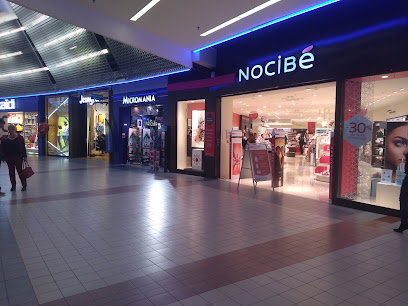
E.Leclerc LA ROCHE SUR YON
Explore E.Leclerc La Roche Sur Yon: A hypermarket brimming with fresh produce, gourmet delights, and a unique shopping experience in the heart of France.
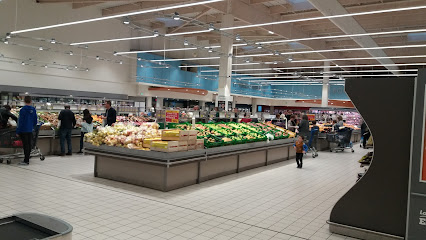
COMMERCIAL PARK Oceanis
Discover the ultimate shopping experience at Commercial Park Oceanis in Saint-Gilles-Croix-de-Vie, featuring diverse shops, dining, and community events.
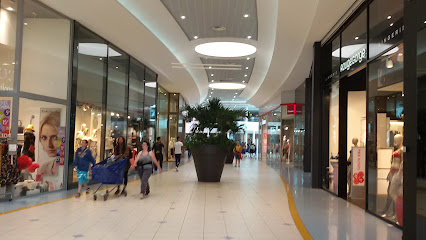
Sud Avenue
Discover a shopping paradise at Sud Avenue in La Roche-sur-Yon, where retail therapy meets delightful dining and vibrant community events.
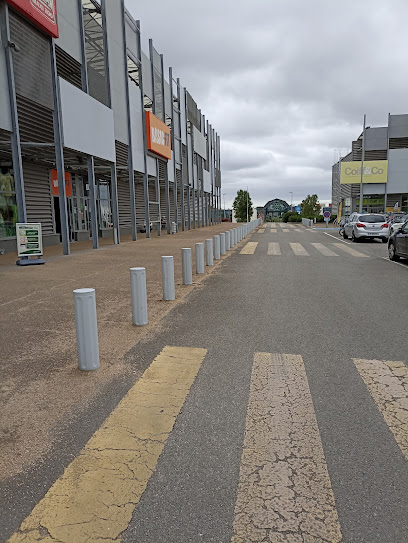
Action Château d'Olonne
Discover unique gifts and essential items at Action Château d'Olonne, a vibrant shopping haven in the heart of the beautiful Château d'Olonne.

Intersport
Explore the ultimate destination for sportswear in La Roche-sur-Yon, where quality meets style for all your athletic needs.
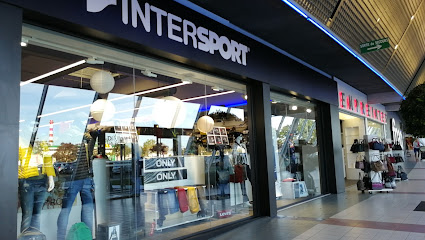
Galeries Lafayette La Roche sur Yon
Experience the charm of Galeries Lafayette La Roche sur Yon, where fashion meets elegance in a vibrant shopping atmosphere.
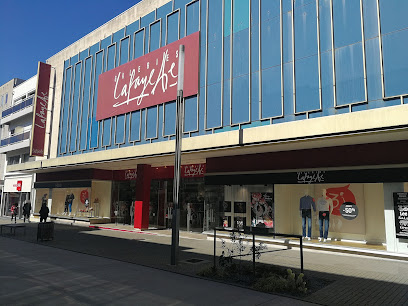
Intersport Luçon
Explore Intersport Luçon for the latest in sportswear, footwear, and equipment in the heart of La Belle Vie shopping center.
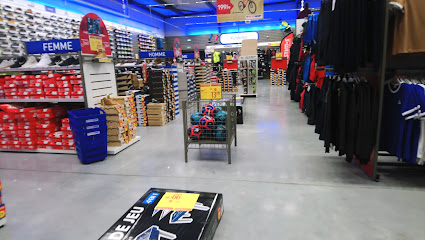
Vannerie Poterie
Explore Vannerie Poterie, a charming gift basket and pottery store in Notre-Dame-de-Monts, offering handcrafted treasures that celebrate local artistry.
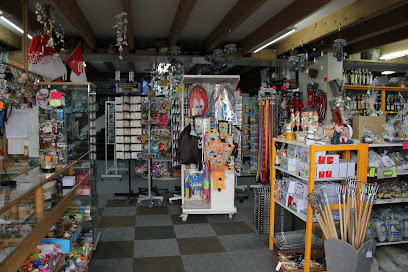
Comme Au Vide Grenier
Discover unique treasures and sustainable shopping at Comme Au Vide Grenier, La Roche-sur-Yon's charming consignment shop for vintage lovers.
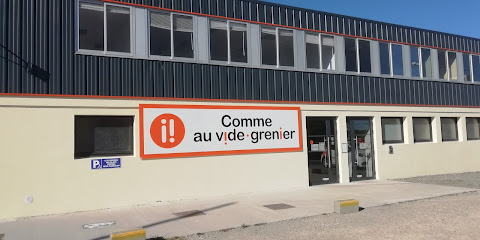
Kiabi Store La Roche Sur Yon
Explore stylish clothing for the whole family at Kiabi Store in La Roche Sur Yon, where fashion meets affordability.
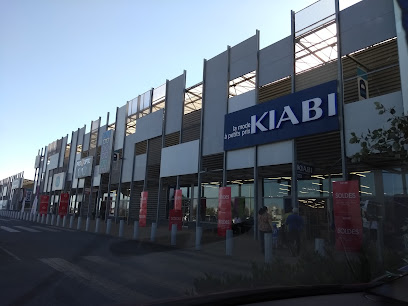
Mille Stocks
Discover unbeatable deals at Mille Stocks, the ultimate discount store in Montaigu-Vendée, where smart shoppers find incredible bargains.
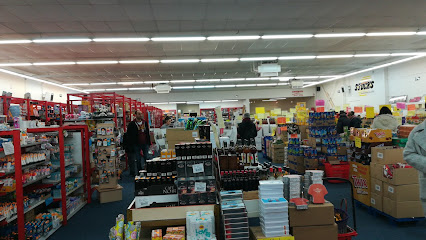
Kiabi Store Montaigu
Explore a diverse range of stylish clothing for the whole family at Kiabi Store Montaigu, where fashion meets affordability.

Stores de France
Explore Stores de France for exquisite window treatments that elevate your home decor in La Roche-sur-Yon, France.
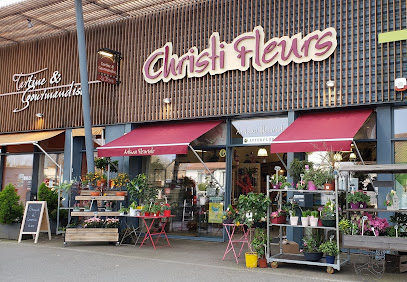
AU GOURMET VENDEEN Jard Sur Mer
Explore AU GOURMET VENDEEN in Jard Sur Mer for gourmet delights and unique gifts that embody the spirit of the Vendée region.

Essential bars & hidden hideouts
Buffalo Grill Olonne Sur Mer
Savor the flavors of America at Buffalo Grill Olonne Sur Mer, where hearty meals and a family-friendly atmosphere await in the heart of Les Sables-d'Olonne.
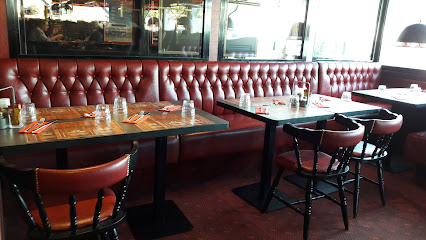
Buffalo Grill La Roche-sur-Yon
Experience the best of American barbecue at Buffalo Grill La Roche-sur-Yon, where hearty meals and a family-friendly atmosphere await.
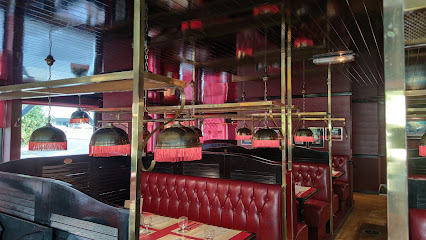
KF Du Port
Experience the perfect blend of relaxation and seaside charm at KF Du Port, a premier lounge in Saint-Gilles-Croix-de-Vie.
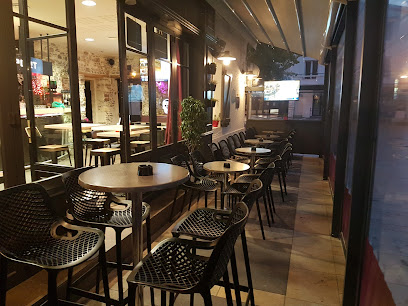
Bar L'Equipage
Experience the vibrant atmosphere and delicious French cuisine at Bar L'Equipage, a coastal hotspot in La Tranche-sur-Mer.
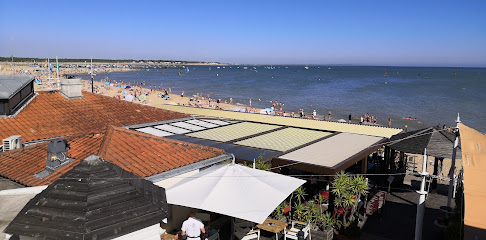
L'Alambic St Jean de Monts
Experience the vibrant nightlife of L'Alambic in Saint-Jean-de-Monts, where exquisite cocktails and lively disco ambiance create unforgettable moments.
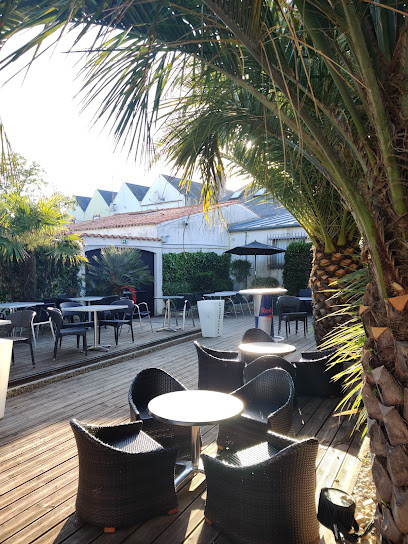
Le Littoral Bar
Discover the perfect blend of relaxation and coastal beauty at Le Littoral Bar in Bretignolles-sur-Mer, where every sip is a delight.
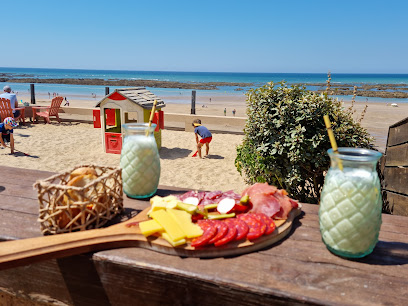
Pub La Station
Discover the heart of La Roche-sur-Yon at Pub La Station, where cocktails, local beers, and live music create an unforgettable nightlife experience.
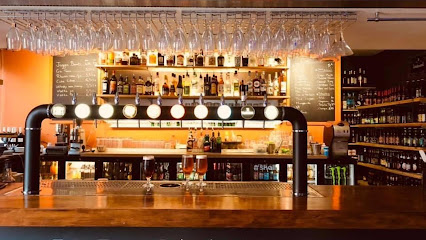
Bar à cocktails & Restaurant La Roche-sur-Yon • Monkey Place
Experience the vibrant atmosphere of Monkey Place in La Roche-sur-Yon, where cocktails, brunch, and live music come together for an unforgettable outing.
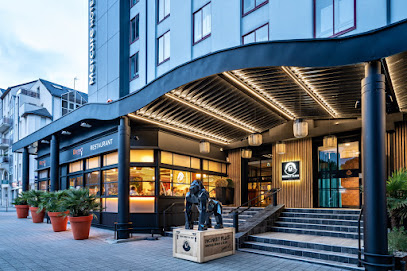
Le White Hop
Discover Le White Hop, a vibrant beer hall in Essarts-en-Bocage, offering an exquisite selection of local and international beers in a cozy atmosphere.
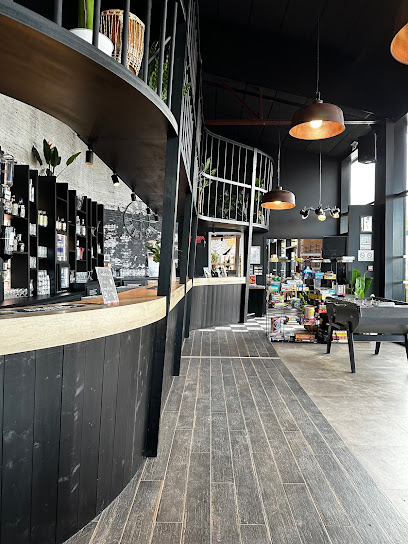
Havana Café
Experience vibrant cocktails and a lively atmosphere at Havana Café in Les Sables-d'Olonne, your go-to destination for relaxation and enjoyment.
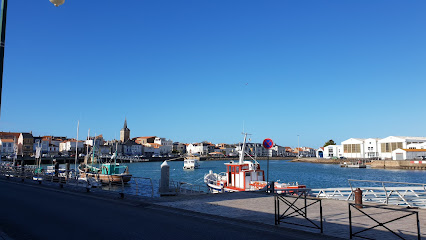
Obbo Bar Resto
Experience the vibrant atmosphere and stunning ocean views at Obbo Bar Resto in Les Sables-d'Olonne, where every sip delights the senses.
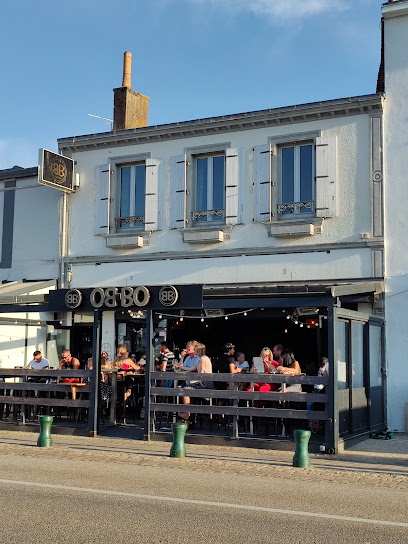
Le Comptoir Saint Jean
Experience the coastal charm of Saint-Jean-de-Monts at Le Comptoir Saint Jean, a delightful bar and wine haven for all tastes.
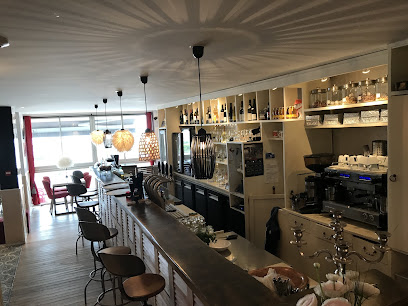
La Bodega
Discover the vibrant nightlife at La Bodega, a lively bar in Les Sables-d'Olonne, known for its friendly atmosphere and diverse drink selection.
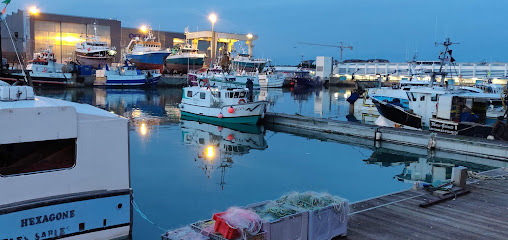
L'Highlander
Experience the vibrant bar scene at L'Highlander in La Roche-sur-Yon, where great drinks and a friendly atmosphere await.
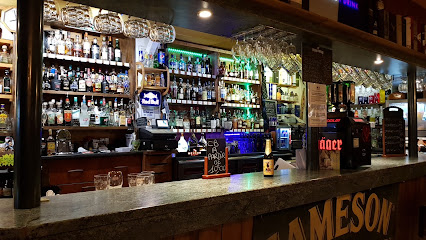
Coco Beach
Discover the vibrant atmosphere of Coco Beach, a perfect blend of relaxation and fun by the stunning coastline.
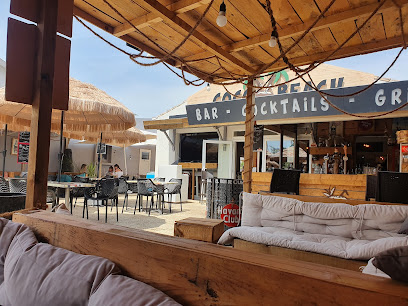
Local Phrases about Vendée Coast
-
- HelloBonjour
[bohn-zhoor] - GoodbyeAu revoir
[oh ruh-vwahr] - YesOui
[wee] - NoNon
[nohn] - Please/You're welcomeS'il vous plaît
[seel voo pleh] - Thank youMerci
[mehr-see] - Excuse me/SorryExcusez-moi
[ehk-skew-zay mwa] - How are you?Comment ça va?
[koh-mohn sah vah] - Fine. And you?Bien. Et vous?
[byen. ay voo] - Do you speak English?Parlez-vous anglais?
[pahr-lay voo ahn-glay] - I don't understandJe ne comprends pas
[zhuh nuh kohm-prahnd pah]
- HelloBonjour
-
- I'd like to see the menu, pleaseJe voudrais voir le menu, s'il vous plaît
[zhuh voo-dray vwah-r leh meh-noo, seel voo pleh] - I don't eat meatJe ne mange pas de viande
[zhuh nuh mahnj pah duh vyand] - Cheers!Santé!
[sahn-tay] - I would like to pay, pleaseJe voudrais payer, s'il vous plaît
[zhuh voo-dray peh-yay, seel voo pleh]
- I'd like to see the menu, pleaseJe voudrais voir le menu, s'il vous plaît
-
- Help!À l'aide!
[ah lehde] - Go away!Allez-vous en!
[ah-lay voo zahn] - Call the Police!Appelez la police!
[ah-pay-lay lah poh-lees] - Call a doctor!Appelez un médecin!
[ah-pay-lay uh mayd-sahn] - I'm lostJe suis perdu
[zhuh swee pair-doo] - I'm illJe suis malade
[zhuh swee mah-lahd]
- Help!À l'aide!
-
- I'd like to buy...Je voudrais acheter...
[zhuh voo-dray ash-tay...] - I'm just lookingJe regarde juste
[zhuh ruh-gahrd zhuhst] - How much is it?Combien ça coûte?
[kohm-byen sah koot] - That's too expensiveC'est trop cher
[say troh shair] - Can you lower the price?Pouvez-vous baisser le prix?
[poo-vay voo beh-say leh pree]
- I'd like to buy...Je voudrais acheter...
-
- What time is it?Quelle heure est-il?
[kehl uhr ay-teel] - It's one o'clockIl est une heure
[eel ay oon uhr] - Half past (10)Dix et demie
[dees ay duh-mee] - MorningMatin
[mah-tahn] - AfternoonAprès-midi
[ah-pray mee-dee] - EveningSoir
[swahr] - YesterdayHier
[yehr] - TodayAujourd'hui
[oh-zhoor-dwee] - TomorrowDemain
[duh-mahn] - 1Un
[uhn] - 2Deux
[duh] - 3Trois
[twah] - 4Quatre
[kah-truh] - 5Cinq
[sank] - 6Six
[sees] - 7Sept
[set] - 8Huit
[weet] - 9Neuf
[nurf] - 10Dix
[dees]
- What time is it?Quelle heure est-il?
-
- Where's a/the...?Où est...
[oo ehs] - What's the address?Quelle est l'adresse?
[kehl ehs lah-dress] - Can you show me (on the map)?Pouvez-vous me montrer (sur la carte)?
[poo-vay voo muh mohn-tray (soor lah kart)] - When's the next (bus)?Quand est le prochain (bus)?
[kahnd ehs luh proh-shahn (boos)] - A ticket (to ....)Un billet (pour ....)
[uhn bee-yay (poor)]
- Where's a/the...?Où est...
History of Vendée Coast
-
The Vendée Coast boasts evidence of human habitation dating back to prehistoric times. Archaeological findings, including tools and pottery, suggest that ancient peoples were drawn to the region’s rich resources and strategic coastal location. During the Roman era, the area became increasingly significant due to its prime position for trade and military operations.
-
In the medieval period, the Vendée Coast emerged as a vital maritime hub. The town of Les Sables-d'Olonne, in particular, grew in prominence due to its bustling port. Fishing, shipbuilding, and trade flourished, establishing strong economic foundations that would influence the region for centuries. Fortified structures and churches from this era still stand, reflecting the area’s historical significance.
-
The Vendée Coast was significantly impacted by the French Wars of Religion (1562-1598), a series of conflicts between Catholics and Huguenots. Coastal towns such as La Rochelle witnessed intense battles and sieges. The region's strategic ports were hotly contested, and the period left a lasting legacy of fortified towns and religious monuments.
-
One of the most notable historical events associated with the Vendée Coast is the Vendée Revolt during the French Revolution. The insurrection was driven by local resistance to the revolutionary government’s anti-clerical policies and conscription laws. The conflict was marked by brutal battles and atrocities on both sides, deeply scarring the region’s landscape and history.
-
The Napoleonic era brought significant changes to the Vendée Coast. Napoleon Bonaparte’s reforms and military campaigns had profound impacts on local life. Coastal defenses were strengthened, and infrastructure improvements were made. Napoleon’s legacy can still be seen in various monuments and fortifications along the coast.
-
During World War II, the Vendée Coast was occupied by German forces. The area became part of the Atlantic Wall, a vast system of coastal defenses built by the Nazis to prevent Allied invasions. The remnants of bunkers, gun emplacements, and other fortifications are scattered along the coastline, serving as stark reminders of the region's wartime experience.
-
In recent decades, the Vendée Coast has experienced a cultural renaissance. The region has invested significantly in preserving its historical sites and promoting its cultural heritage. Festivals, museums, and restored landmarks attract visitors from around the world. The rich tapestry of the Vendée's history is now celebrated and showcased, contributing to its vibrant tourism industry.
Vendée Coast Essentials
-
The Vendée Coast is accessible by various means of transportation. The nearest major airport is Nantes Atlantique Airport (NTE), approximately 100 kilometers from the coast. From the airport, you can rent a car, take a taxi, or use public transportation to reach your destination. Train services operated by SNCF connect Paris to Les Sables-d'Olonne, a major town on the Vendée Coast, in about 3 hours. Additionally, buses and regional trains provide connections to various towns along the coast.
-
The Vendée Coast is well-served by a network of buses operated by Sovetours and other local companies, which connect major towns and tourist attractions. Taxis are available but can be expensive for longer journeys. Renting a car is highly recommended for exploring the region at your own pace. For short distances, biking is a popular and eco-friendly option, with many bike rental shops and dedicated cycling paths along the coast.
-
The official currency in France is the Euro (EUR). Credit and debit cards are widely accepted in hotels, restaurants, and shops, but it is advisable to carry some cash for smaller establishments or markets. ATMs are readily available in all major towns along the Vendée Coast. Contactless payments are also increasingly common.
-
The Vendée Coast is generally a safe destination for tourists. However, petty crimes like pickpocketing can occur, especially in crowded areas and tourist hotspots such as Les Sables-d'Olonne and Saint-Gilles-Croix-de-Vie. It is advisable to keep an eye on your belongings, avoid displaying valuables, and be cautious in unfamiliar areas at night. There are no specific high-crime areas targeting tourists, but standard precautions should always be taken.
-
In case of emergency, dial 112 for immediate assistance, which will connect you to local emergency services. Major towns along the Vendée Coast have hospitals and medical facilities. Pharmacies are widely available for minor health issues. It is highly recommended to have travel insurance that covers medical emergencies and other unexpected incidents.
-
Fashion: Do dress smart-casual, especially when dining out. Beachwear is appropriate at the beach but not in town centers. Religion: Do respect local customs if visiting churches; dress modestly and remain quiet. Public Transport: Do validate your ticket before boarding trains or buses. Don't eat or drink on public transport. Greetings: Do greet people with a 'Bonjour' during the day and a 'Bonsoir' in the evening. A handshake is common when meeting someone for the first time. Eating & Drinking: Do try local specialties like seafood and brioche Vendéenne. Don't rush your meals; dining is a leisurely and social activity in France.
-
To experience the Vendée Coast like a local, visit the weekly markets in towns like La Roche-sur-Yon and Les Sables-d'Olonne for fresh produce and local products. Engage with locals, who are generally friendly and willing to share tips about the best spots. Don't miss out on attending a Puy du Fou show, a historical theme park offering spectacular performances. For a unique experience, take a boat tour through the Marais Poitevin, often referred to as the 'Green Venice'.
Trending Landmarks in Vendée Coast
-
Puy du Fou
-
O'Gliss Park - Parc aquatique Vendée
-
Castle Talmont
-
Castle Tiffauges
-
Puits d'Enfer
-
O’Fun Park
-
Vendée Miniature
-
Explora Parc
-
Historial de la Vendée
-
Château de Commequiers
-
Logis La Chabotterie
-
Railroad of The Vendée
-
Océanile Parc Aquatique
-
Castle of Saint Mesmin
-
Château Des Essarts, spectacle Vendée
Nearby Cities to Vendée Coast
-
Things To Do in Nantes
-
Things To Do in Angers
-
Things To Do in Rennes
-
Things To Do in Tours
-
Things To Do in Bordeaux
-
Things To Do in Saint-Malo
-
Things To Do in Limoges
-
Things To Do in St. Clement
-
Things To Do in St. Helier
-
Things To Do in Gorey
-
Things To Do in St. Aubin
-
Things To Do in St. Brelade
-
Things To Do in St. Peter
-
Things To Do in St. Lawrence
-
Things To Do in Trinity

